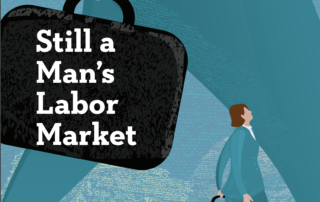Still a Man’s Labor Market: The Slowly Narrowing Gender Wage Gap
The commonly used figure to describe the gender wage ratio—that a woman earns 80 cents for every dollar earned by a man—understates the pay inequality problem by leaving many women workers out of the picture. This report argues that a multi-year analysis provides a more comprehensive picture of the gender wage gap and presents a more accurate measure of the income women actually bring home to support themselves and their families.








